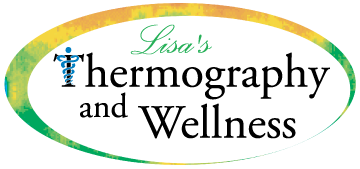Thermography & the FDA
THERMAL IMAGING CAMERAS AS MEDICAL DEVICES
Clinical or medical thermography is the examination of the human body with an infrared camera. These cameras have multiple uses over a wide variety of industries and military applications. Certain models are applicable to human imaging. These models have specifications that include detectors with a narrow range of temperatures and
In the United States there is no official “governing body” to enforce guidelines, so practitioners must learn from a reputable source how to be technically and imaging technique responsible in the clinical environment.
However, the United States Food and Drug Administration currently accept applications (510(K)) for thermographic cameras as Class I Medical Devices. These are described as devices that hold no potential risk and have the lowest level of regulatory control. As examples, bandages, stethoscopes and blood pressure monitors are Class I Devices. These are health-care supportive devices that are not diagnostic and do not claim diagnosis on their own.
The greatest risk of non-compliance is termed “Branding and Labeling”, which includes any claims as to indications for use.
Thermographic cameras can measure temperature variations on the skin, just like blood pressure monitors can measure blood pressure, but cannot independently make a diagnosis. When marketing to the public that is all that can be represented, otherwise the advertiser is not in FDA compliance and therefore puts themselves, the holder of the 510(k) and the entire industry at risk.
That being said, the healthcare provider can decide how to use the information for a specific patient, but a general claim is outside the Class I Regulation. Representing thermography as a “Discovery Tool” is a concept most people can relate to and it is within the “Branding and Labeling” guidelines.
Opinion: The United States FDA could accept applications for thermography cameras as Class II devices, which would require clinical trials and would
Carol Chandler, D.O.M. 9/25/2018
